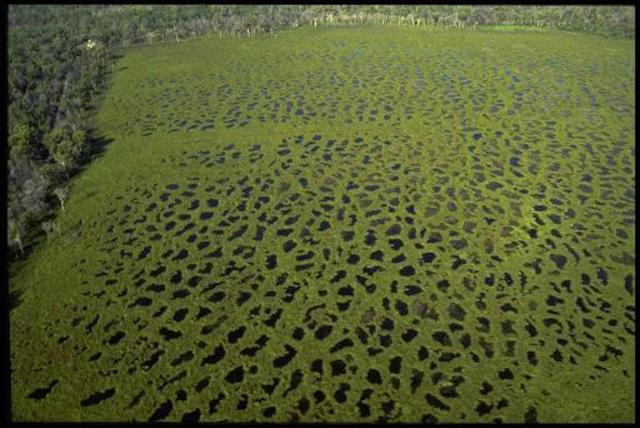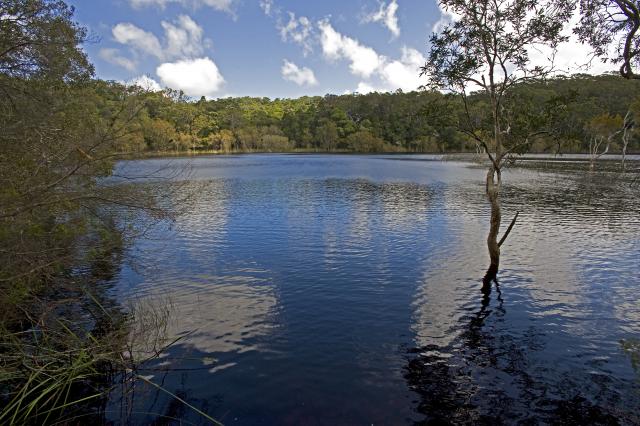For supporters of practical reconciliation, this is a proud time for Noosa.
Proud, pivotal and long overdue.
Some 200 years after white people arrived on the Sunshine Coast, the Kabi Kabi people are resuming their responsibility of caring for Cooloola country, just as they had for thousands of years before we got here. Through invasion, dispossession, massacre and forced relocation, they never conceded ownership of country.
It is now 30 years since Mabo. These things don’t happen quickly.
Last November the Native Title owners of Cooloola negotiated a binding agreement with the Queensland Government that provides a pathway for them to once again meaningfully care for Cooloola country by co-managing with the state, by having a voice, by being able to proudly welcome and guide visitors through this beautiful coastal country North of the Noosa River, by being able to reverse the disrespectful way its beaches are being used.
Little wonder that Kabi Kabi voted for, then signed, a historic Cooloola Great Walk Indigenous Land Use Agreement with the government. For them it’s an opportunity to welcome, host and guide guests on the multi-day Cooloola Great Walk, to be trained by CABN (selected as the preferred proponent) to conduct all facets of the Cooloola Great Walk as a responsible eco-tourism business, and if they so wish, to take over the whole business as their own when they are ready.
Noosa Parks Association has spent the past 60 years progressively building the 70,000 plus hectare Cooloola Section of the Great Sandy National Park. We are proud of the way we have been able to save Cooloola from the ravages of sand mining, pastoral leases, logging, groundwater mining, jet airports and Noosa to Rainbow Beach coastal development.
And we are proud that by progressively winning National Park protection for these hectares, by preventing the progressive freeholding of them, the prospect of Kabi Kabi peoples’ Native Title ownership was kept alive.
That is now slowly becoming a reality.
The myth of a park free of commercial tourism
For over half a century, Cooloola has been a magnet for virtually unregulated “eco-tourism” operators from Noosa, Rainbow Beach and Brisbane.
Each year thousands of people are trucked, bussed or boated in by private commercial operators in something like a wild west version of National Park tourism. Many people appear to have no idea of the scale of this commercial presence.
This and the 4WD mayhem on the beaches of Cooloola is a world away from a low-key, Kabi Kabi-guided five-day walk with overnight stays in small cabins that is now proposed.
We know there are some who either have environmental concerns or are implacably opposed to any commercial eco-tourism in Cooloola regardless of how small a footprint it leaves, who runs it and who benefits.
The reality is that Kabi Kabi stewardship is now at the centre of what happens in Cooloola, as it should be.
In a practical sense, Noosa Parks Association has embraced the Kabi Kabi aspirations for Cooloola. At the same time we have worked quietly and respectfully for the best possible environmental outcomes.
At the fringes, there have been personal attacks and smears directed at NPA, at Noosa MP Sandy Bolton, at the legitimacy of the Kabi Kabi leadership and anyone who engages with them. For some the inconvenient truth of our recent progress towards reconciliation is something to be attacked, rather than discussed respectfully.
A partnership to tackle the madness on the beach
All of this pales by comparison to the most pressing threat to Cooloola.
Hoon behaviour, thousands of 4WD visitors at peak times, tonnes of dumped rubbish and human waste and an anything goes approach to the beach section of the National Park has become a major embarrassment and a threat to safety.
Some four years ago the Noosa and Gympie Councils formed a working group of Cooloola stakeholders to advise on ways and means of reversing this.
A consensus gradually emerged that both beach camping and beach driving numbers needed to be capped during peak periods, and that there should be zero tolerance for hoon behaviour. Since then Queensland Police and Queensland Parks joined forces in cracking down on hoons. However there has been little progress made in capping beach camping and driving numbers during peak periods.
Until November, the Queensland Government treated the Kabi Kabi people as one of the key Cooloola stakeholders, but no more than that. Following the state and Kabi Kabi signing of the Cooloola-focused Indigenous Land Use Agreement, the state now treats the Kabi Kabi people as an equal partner in managing Cooloola.
This could prove a game-changer.
Last month, at what will be remembered as a pivotal meeting of the four-year-old Teewah Beach-Cooloola Working Group, the Kabi Kabi participated as an equal partner with Queensland Parks and Wildlife Service for the first time.
This was a breakthrough discussion.
Kabi Kabi’s Brian Warner stressed that for Kabi Kabi people, Teewah Beach is sacred country. He told us how important it was to Kabi Kabi that beach visitors treat the place accordingly, and how necessary it is that beach camping and driving numbers be capped.
Kabi Kabi, he said, are determined to see the Cooloola Section of the Great Sandy National Park re-nominated for World Heritage Listing.
The diverse group of stakeholders around the table agreed. (Disclosure – I have been a member of the working group since its inception.)
Cooloola provides one important pathway for the slow walk towards practical local reconciliation between Kabi Kabi people and the wider Noosa-Cooloola community. Of course it is not the only pathway. But it is full of promise.
This article was originally published in Noosa Matters last month. Visit noosamatters.com.au









